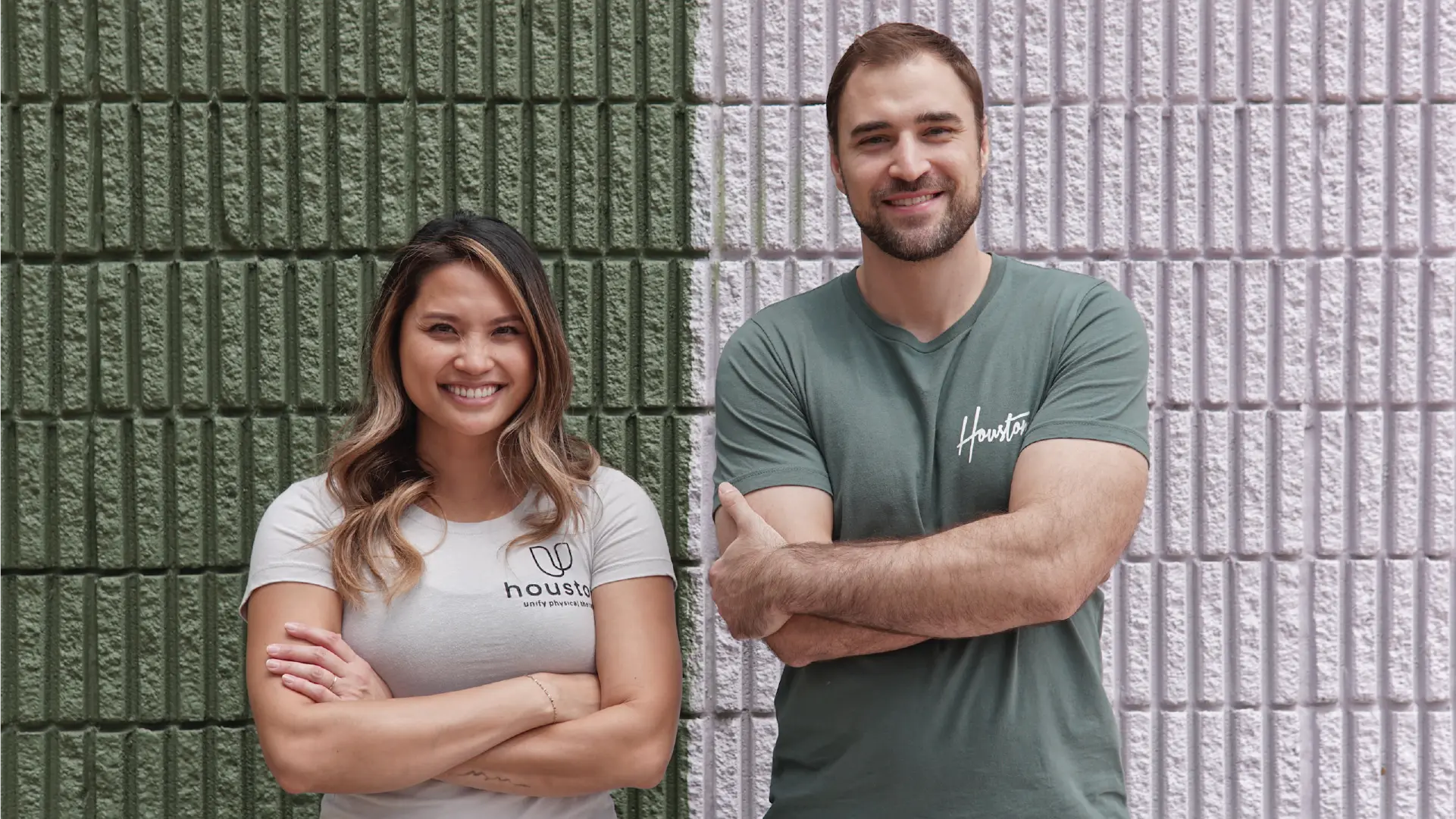Sports rehabilitation is dedicated to aiding athletes in their recovery from sports-related injuries, surgeries, or performance issues. The primary objectives are to ensure optimal recovery, restore function, prevent re-injury, and facilitate a safe return to sports activities. Sports rehab isn’t limited to professional athletes; many of our patients are active adults participating in Houston Community leagues.
In contact sports, collisions and high-speed impacts often lead to muscle strains and contusions (large bruises). Ligament injuries frequently result from player-to-player contact, but “non-contact” injuries, such as anterior cruciate ligament (ACL) tears, are more common. Concussions are another significant concern in contact sports. With growing awareness about concussions, their short-term and long-term effects are better understood, highlighting the importance of complete recovery before resuming competitive play.

SLAP: (Superior Labrum Anterior Posterior tear) generally occurs as a result of overuse injury to the shoulder by acute trauma or repetitive overhead or throwing motions. The tear happens in the labrum which is the ring of cartilage that surrounds the socket of the shoulder joint.
UCL Injury: (Ulnar Collateral Ligament) is the most commonly injured ligament in throwers. Injuries of the UCL can range from minor damage and inflammation to a complete tear of the ligament. Athletes will have pain on the inside of the elbow and frequently notice decreased throwing velocity.
Catcher’s Thumb: This is a hyperextension of the thumb caused by an incorrect form when catching, where the thumb receives more force than it should.
Patellar tendinitis: Pain is located in the front of the knee and below the kneecap usually due to overuse stress and loading with actions of repetitive jumping.
Jammed Fingers: A jammed finger occurs when the tip of the finger is compressed towards the hand. As the finger is compressed, the ligaments supporting the joints are stretched or “sprained.”
Achilles Tendon Rupture: Achilles tendon rupture is an injury that affects the back of the lower leg. The tendon can tear or rupture completely when overstretched past the tendons capacity.
Knee Injuries: Football players are prone to knee injuries such as meniscus tears, patellar tendonitis, or ligament tears (ACL, MCL) due to cutting, pivoting, and sudden deceleration movements.
Shoulder Injuries: Dislocations, separations, or rotator cuff injuries can occur from tackles, falls, or collisions during football.
Ankle Injuries: Ankle sprains, fractures, or Achilles tendonitis can result from twisting, turning, or landing awkwardly during football play.
Overuse Injuries: Repetitive stress on muscles, tendons, or joints can lead to overuse injuries such as tendonitis, stress fractures, or muscle strains in football players.
ACL Strain
Ankle Sprains: Due to quick changes in direction, jumping, and landing, volleyball players are prone to ankle sprains, which occur when the ligaments supporting the ankle stretch or tear.
Knee Injuries: Volleyball players may experience knee injuries such as patellar tendinitis (inflammation of the patellar tendon), ACL (anterior cruciate ligament) tears, or meniscus tears due to repetitive jumping, landing, and sudden movements.
Shoulder Injuries: The overhead nature of serving, spiking, and blocking in volleyball can lead to shoulder injuries such as rotator cuff tears, labral tears, shoulder impingement, or tendonitis.
Elbow Injuries: Overuse of the elbow joint during spiking, blocking, and serving can cause conditions like tennis elbow (lateral epicondylitis) or golfer’s elbow (medial epicondylitis).
Wrist Injuries: Volleyball players may experience wrist injuries such as sprains, strains, or tendonitis due to repetitive hitting, setting, and blocking.
Back Injuries: Excessive jumping, twisting, and landing can contribute to back injuries such as muscle strains, disc herniation, or vertebral fractures.
Finger Injuries: Jammed fingers or fractures can occur from blocking, setting, or hitting the volleyball.
Foot Injuries: Plantar fasciitis, stress fractures, or Achilles tendonitis can occur from repetitive jumping, landing, and running on hard surfaces.
Muscle Strains: Overuse or sudden movements can lead to muscle strains in various areas such as the quadriceps, hamstrings, calves, or hip flexors.
Joint Sprains and Strains: Due to the grappling and submission techniques in BJJ, practitioners may experience sprains or strains in joints such as the shoulders, elbows, wrists, knees, and ankles.
Neck Injuries: Neck strains, muscle spasms, or cervical disc injuries can occur from takedowns, submissions, or positional pressure during BJJ training and sparring.
Back Injuries: Spinal injuries such as muscle strains, herniated discs, or vertebral fractures can result from twisting, grappling, or being stacked by an opponent in BJJ.
Knee Injuries: BJJ practitioners are susceptible to knee injuries such as ligament tears (ACL, MCL, PCL), meniscus tears, or patellar tendonitis from takedowns, sweeps, or guard passing maneuvers.
Elbow and Wrist Injuries: Hyperextension of the elbows, wrist sprains, or tendonitis can occur from armlocks, joint manipulation, or defending against submissions.
Finger Injuries: Jammed fingers, dislocations, or fractures can result from gripping, controlling, or escaping from submissions during BJJ training.
Rib Injuries: Rib fractures, strains, or contusions can occur from pressure, compression, or impact during grappling, escapes, or submissions.
If you or a family member have been dealing with persistent pain for more than three weeks without improvement, a visit to a licensed physical therapist could be highly beneficial. While many aches and pains improve on their own, ongoing issues often need a professional evaluation from a musculoskeletal expert.
All information on this website is intended for instruction and informational purposes only. The authors are not responsible for any harm or injury that may result. Significant injury risk is possible if you do not follow due diligence and seek suitable professional advice about your injury. No guarantees of specific results are expressly made or implied on this website.
© unifypt.com | All rights reserved